From Health Lab: Researchers find a targeted approach to shut down prostate cancer growth
By Anastazia Hartman | October 20Researchers find a targeted approach to shut down prostate cancer growth
Study shows a novel compound that degrades key proteins found in prostate cancer cells blocks oncogenic androgen receptor signaling
By Anna Megdell

Prostate cancer relies on genetic “switches”, called enhancers, that can turn on tumor-promoting genes.
Researchers at the University of Michigan Health Rogel Cancer Center have discovered histone H2B N-terminal acetylation (H2BNTac), an essential chemical mark of these enhancers.
They further implicate two proteins, p300 and CBP, that add these marks and, along with androgen receptor, turn on enhancers and promote prostate cancer growth.
The study is published in Nature Genetics.
Led by Arul Chinnaiyan, M.D., Ph.D., S.P. Hicks Endowed Professor of Pathology, professor of urology, and director of the Michigan Center for Translational Pathology, the team found that levels of H2BNTac, p300 and CBP are all elevated in prostate cancer compared to normal tissue.
Further experiments in prostate cancer cells showed that p300 and CBP are critical factors for active enhancers regulated by androgen receptors.
Given these new findings, Chinnaiyan worked with Shaomeng Wang, Ph.D. Warner-Lambert/Parke-Davis Professor in Medicine, professor of internal medicine, pharmacology and medicinal chemistry and director of the Michigan Center for Therapeutic Innovation, to develop a CBPD-409, which selectively degrades p300 and CBP, depletes the H2BNTac mark and shuts down oncogenic androgen receptor activity.
CBPD-409 is highly potent and can be taken orally.
“This study began as a way to understand chromatin associated with prostate cancer more thoroughly. But we found that if you degrade p300 and CBP, levels of H2BNTac are depleted at AR enhancer sites,” said Chinnaiyan.
“CBPD-409 rapidly and selectively erases H2BNTac, but remains untouched by bromodomain inhibitors, another class of drugs targeting p300 and CBP that do not fully extinguish their activity.”
Furthermore, the team found that cells with more H2BNTac are more sensitive to the drug.
This sensitivity suggests that CBPD-409 may work more effectively in certain populations of prostate cancer patients.
The researchers also found that CBPD-409 is capable of inducing tumor regression in castration-resistant prostate cancer models and is well tolerated in mice.
Although previous small-molecule inhibitors targeting p300/CBP have shown promise, their clinical efficacy in prostate cancer has been limited, partly because they do not completely disrupt p300/CBP function.
“This therapeutic gap underscores the need for a deeper mechanistic understanding of how p300 and CBP facilitate AR-driven prostate cancer.
This study reveals the unique power of targeted protein degradation,” said Chinnaiyan.
Prostate cancer is the most common cancer diagnosed in men in the United States and one of the leading causes of cancer-related mortality.
“These promising preclinical findings support the development of a selective p300/CBP degrader for the treatment of castration-resistant prostate cancer in the clinic.” said Wang.
Additional authors: Additional authors: Jie Luo, Zhixiang Chen, Yuanyuan Qiao, Jean Ching-Yi Tien, Eleanor Young, Rahul Mannan, Somnath Mahapatra, Rupam Bhattacharyya, Lanbo Xiao, Tongchen He, Sanjana Eyunni, Yuping Zhang, Yang Zheng, Fengyun Su, Xuhong Cao, Rui Wang, Yunhui Cheng, Rithvik Seri, James George, Miriam Shahine, Stephanie J Miner, Matthew G Rees, Melissa M Ronan, Jennifer A Roth, Ulka Vaishampayan, Mi Wang and Abhijit Parolia.
Funding/disclosures: S.W. was a co-founder and served as a paid consultant to Oncopia Therapeutics. S.W. and the University of Michigan owned equity in Oncopia Therapeutics, which was acquired by Roivant Sciences and Proteovant Therapeutics. S.W. is a paid consultant to Proteovant Therapeutics. The University of Michigan has received a research contract from Oncopia Therapeutics, for which S.W. serves as the principal investigator. A.M.C. is a co-founder and serves on the scientific advisory board of Lynx Dx, Oncopia Therapeutics, Flamingo Therapeutics, Medsyn Pharma and Esanik Therapeutics. A.M.C. serves as an advisor to Tempus, Aurigene Oncology, Proteovant and Ascentage. The other authors declare no competing interests. The authors have filed patents on (1) orally active p300/CBP degraders (US patent application no. 63/563,534) and (2) elevation of H2NTac in prostate cancer.
Challenge Award/Prostate Cancer Foundation (PCF); Young Investigator Award/Prostate Cancer Foundation (PCF); P50-CA186786/U.S. Department of Health & Human Services | NIH | National Cancer Institute (NCI); R35-CA231996/U.S. Department of Health & Human Services | NIH | National Cancer Institute (NCI); U2C-CA271854/U.S. Department of Health & Human Services | NIH | National Cancer Institute.
Paper cited: “Targeting histone H2B acetylated enhanceosomes via p300/CBP degradation in prostate cancer,” Nature Genetics. DOI: 10.1038/s41588-025-02336-6
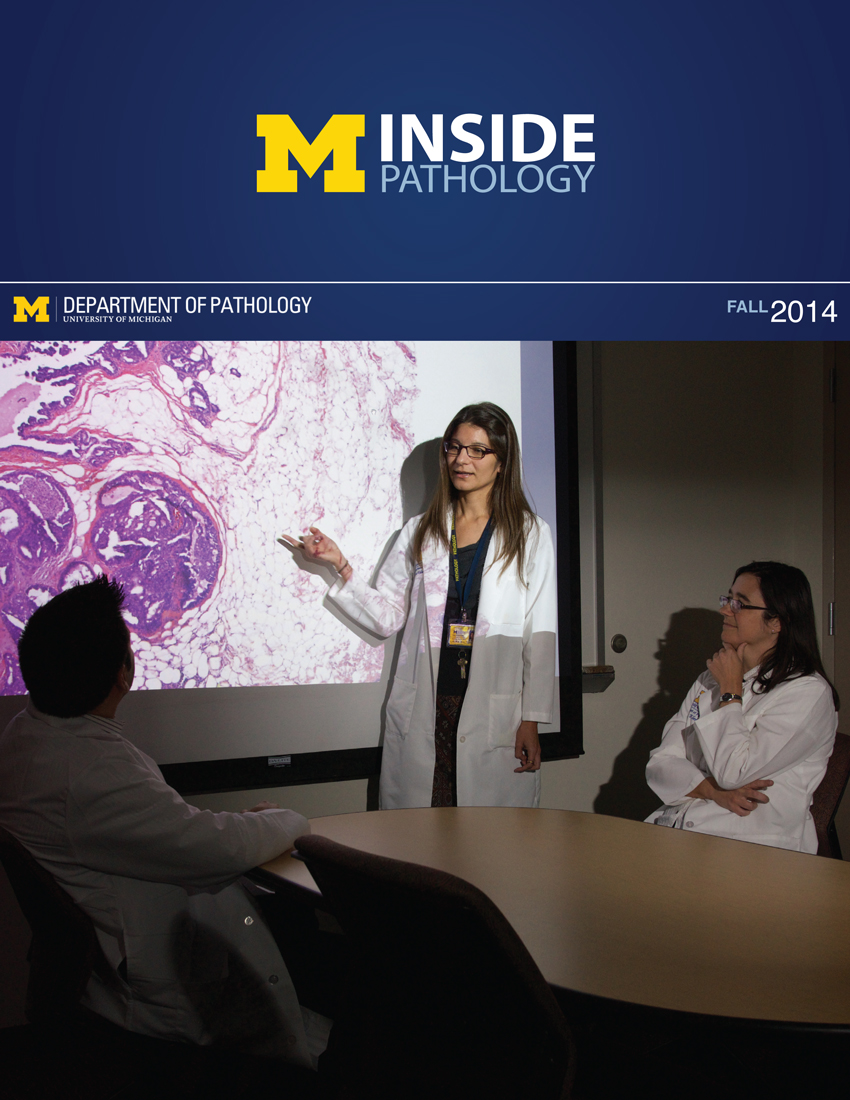 ON THE COVER
ON THE COVER
 ON THE COVER
ON THE COVER
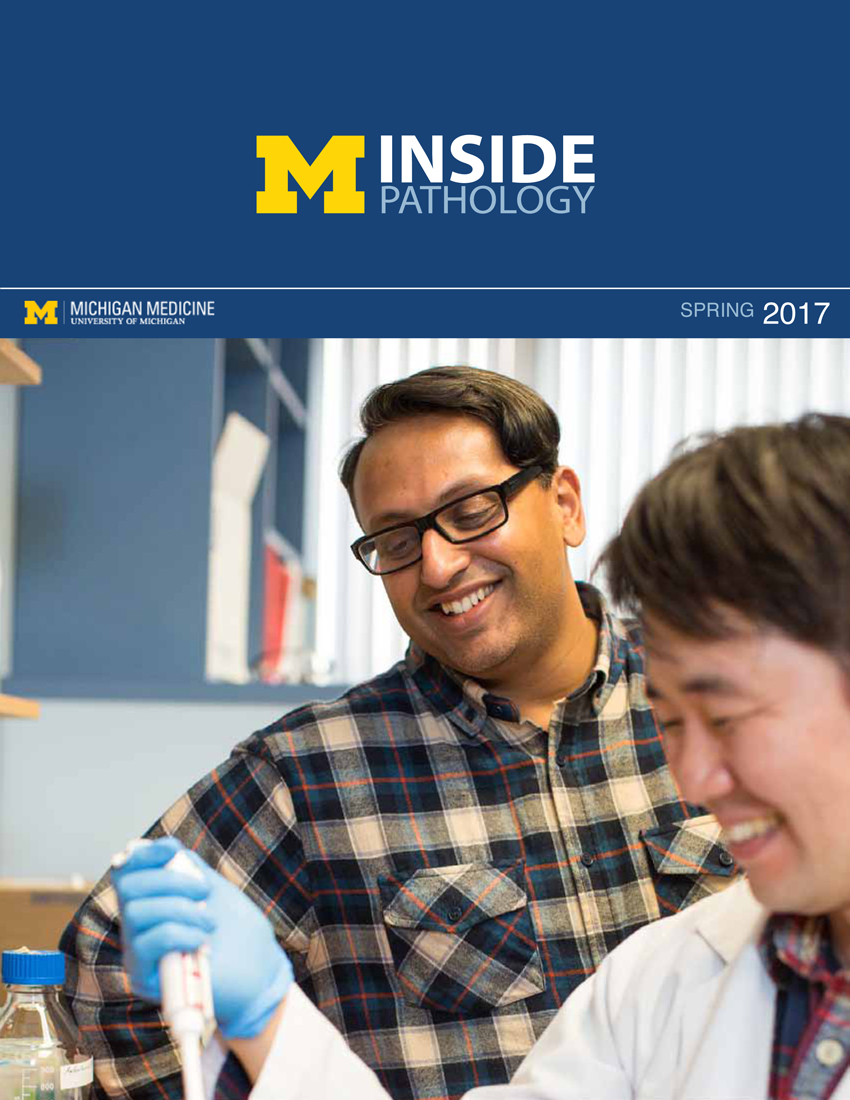 ON THE COVER
ON THE COVER
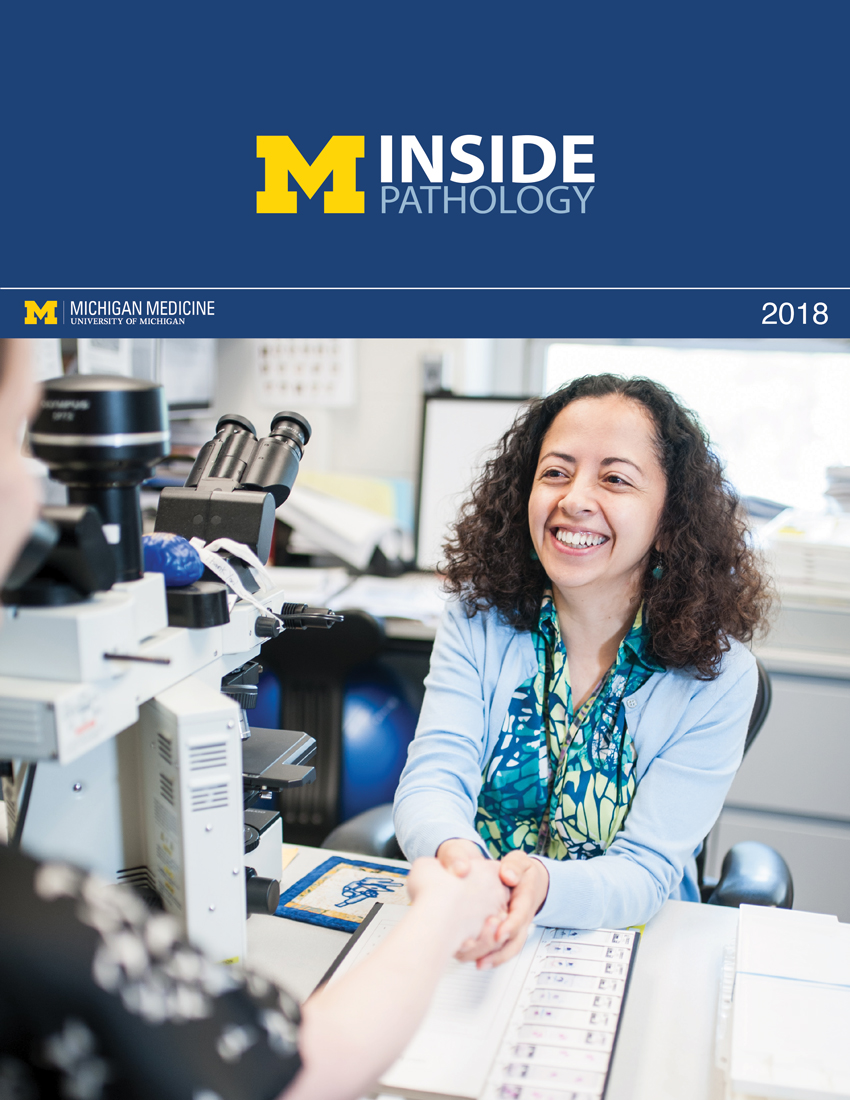 ON THE COVER
ON THE COVER
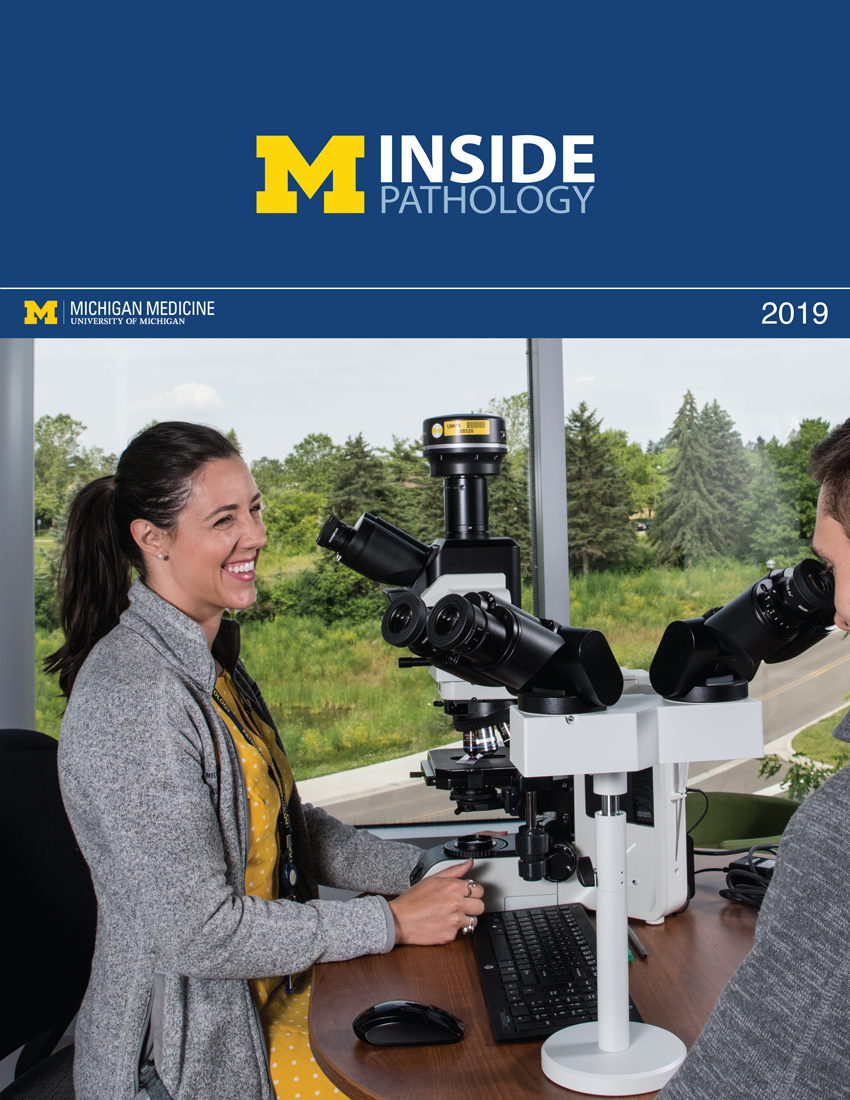 ON THE COVER
ON THE COVER
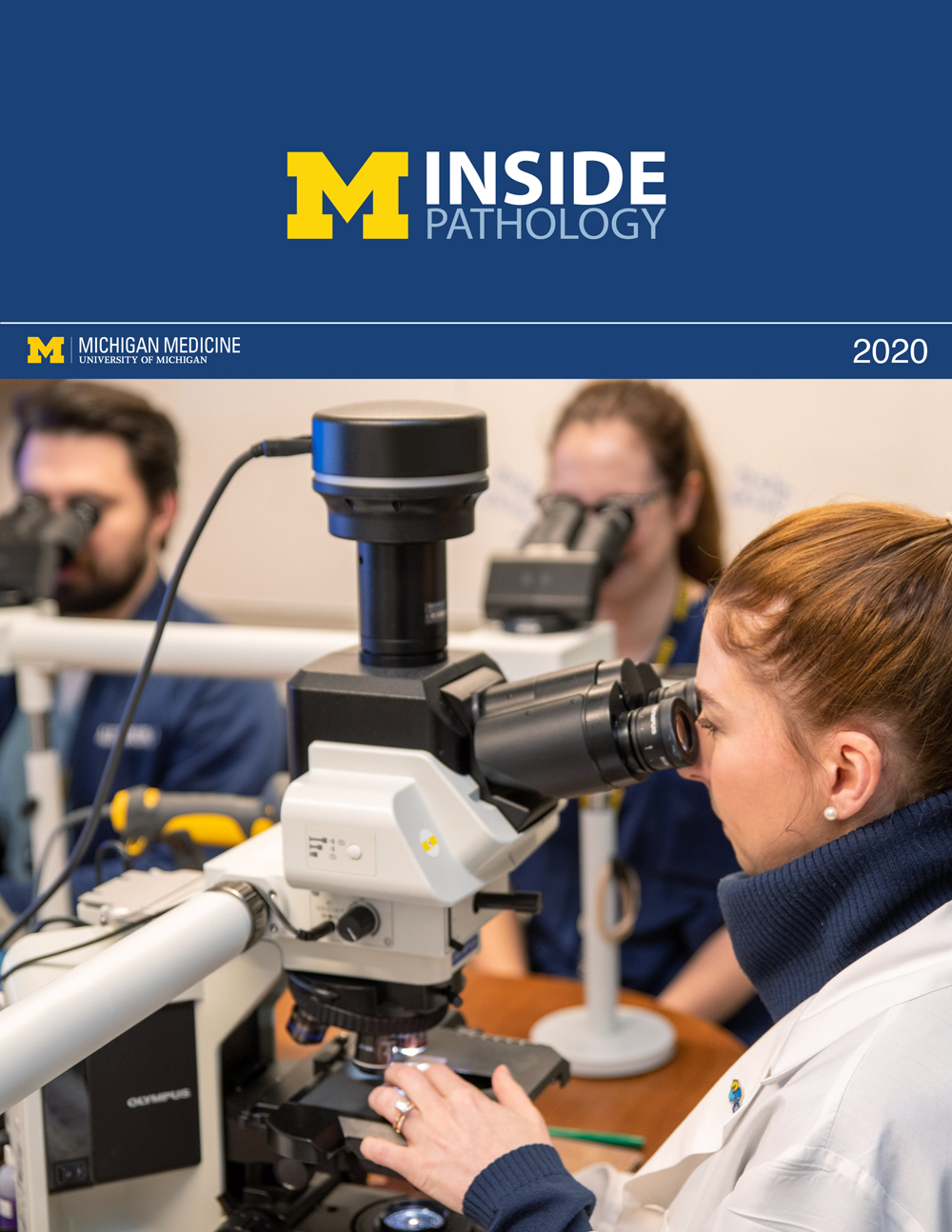 ON THE COVER
ON THE COVER
 ON THE COVER
ON THE COVER
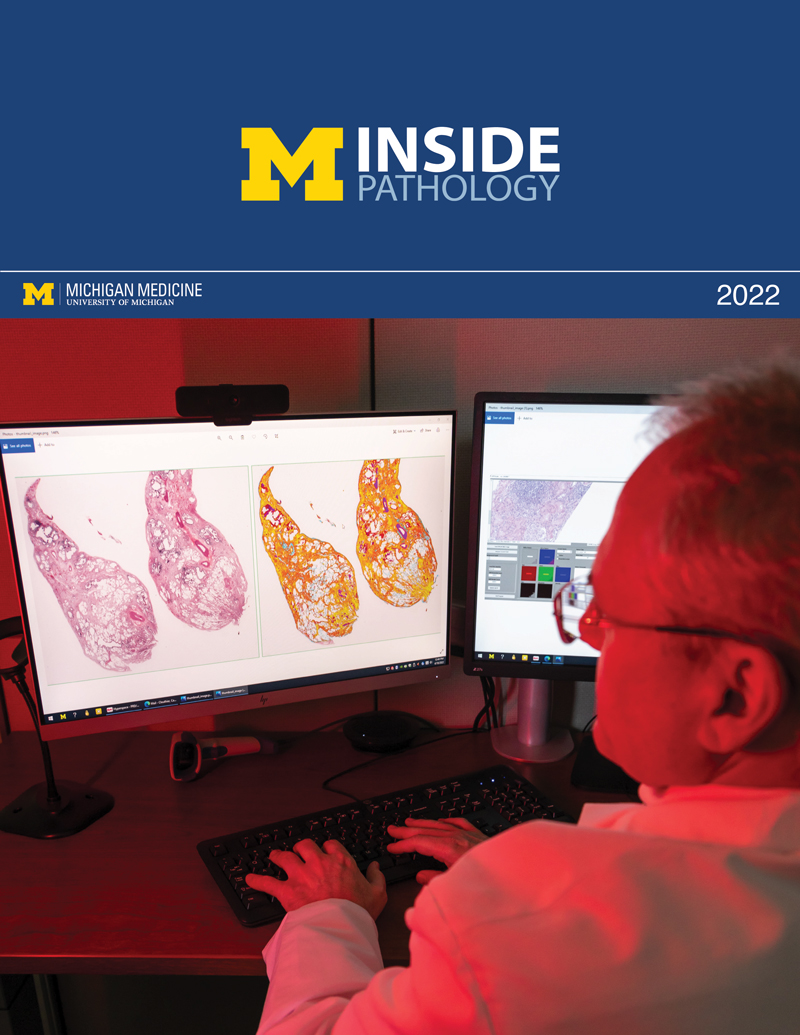 ON THE COVER
ON THE COVER
 ON THE COVER
ON THE COVER
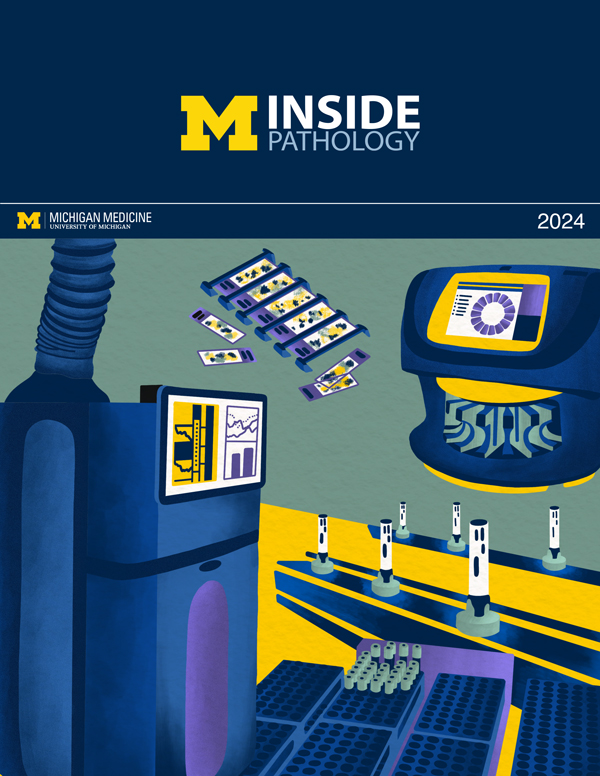 ON THE COVER
ON THE COVER
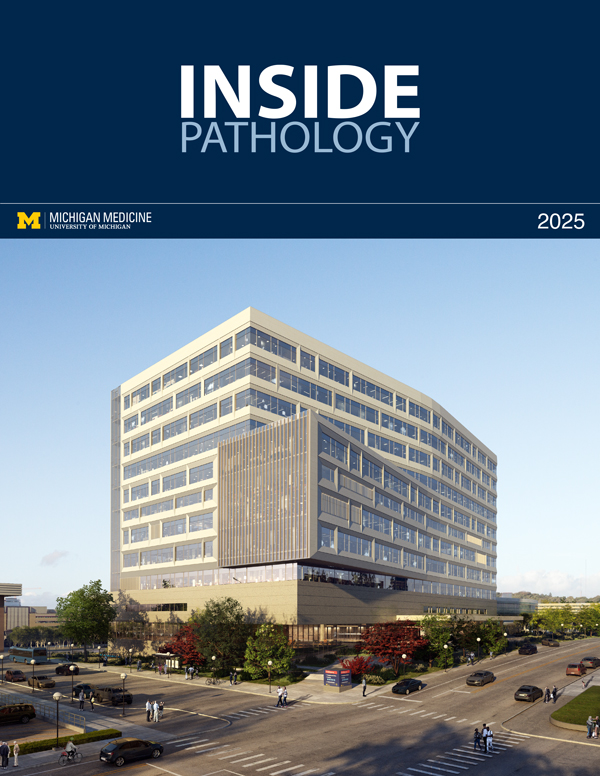 ON THE COVER
ON THE COVER
